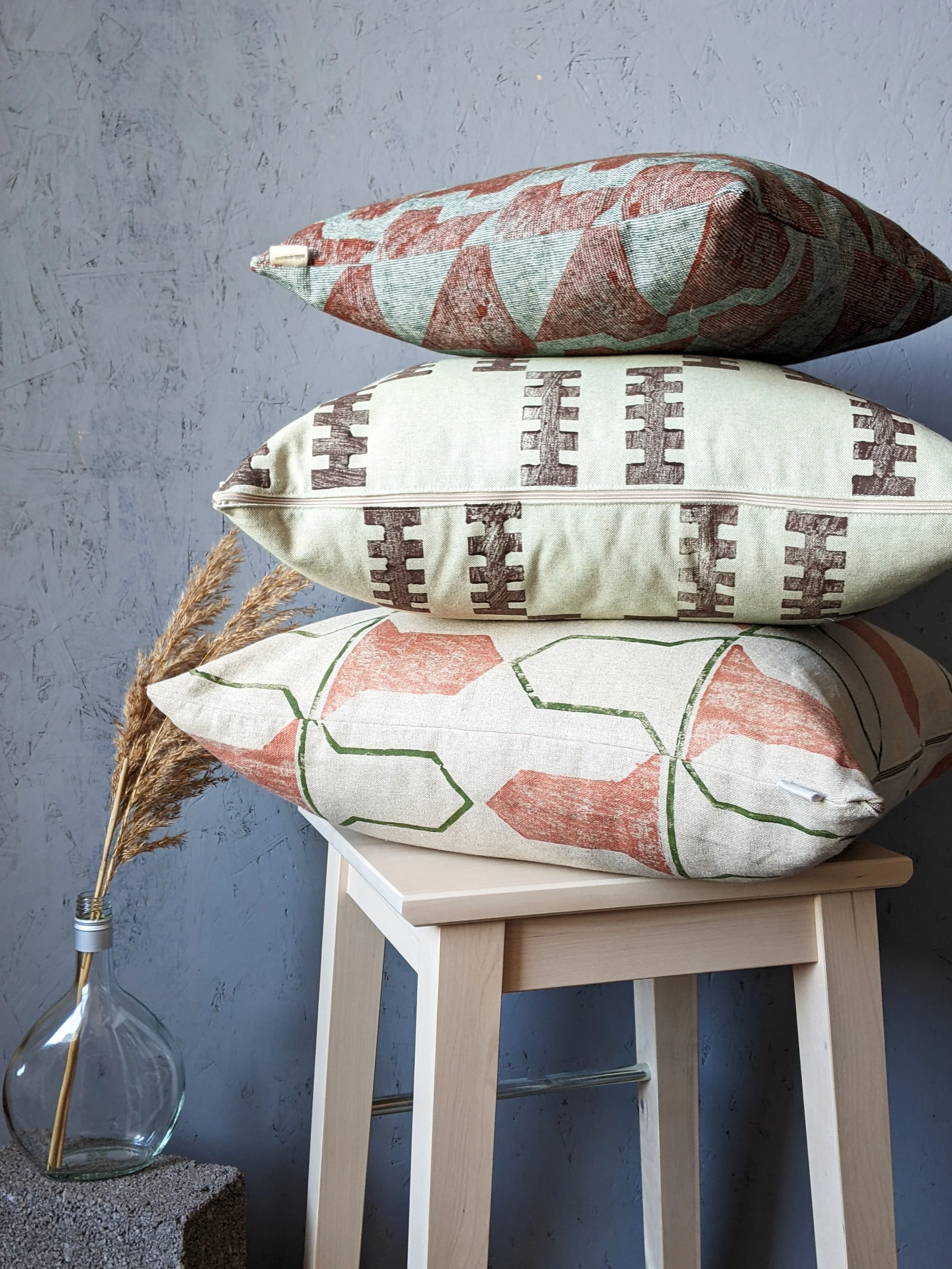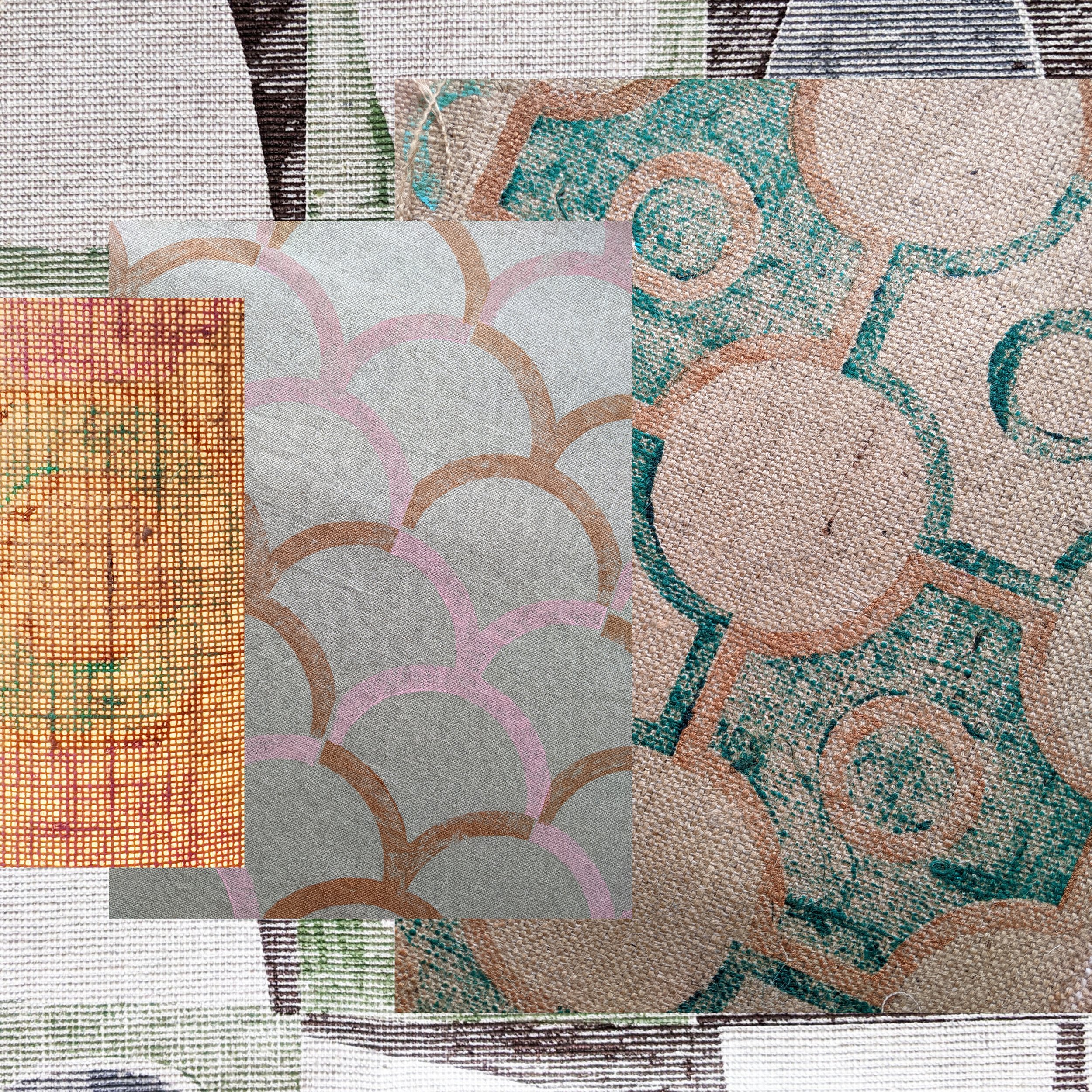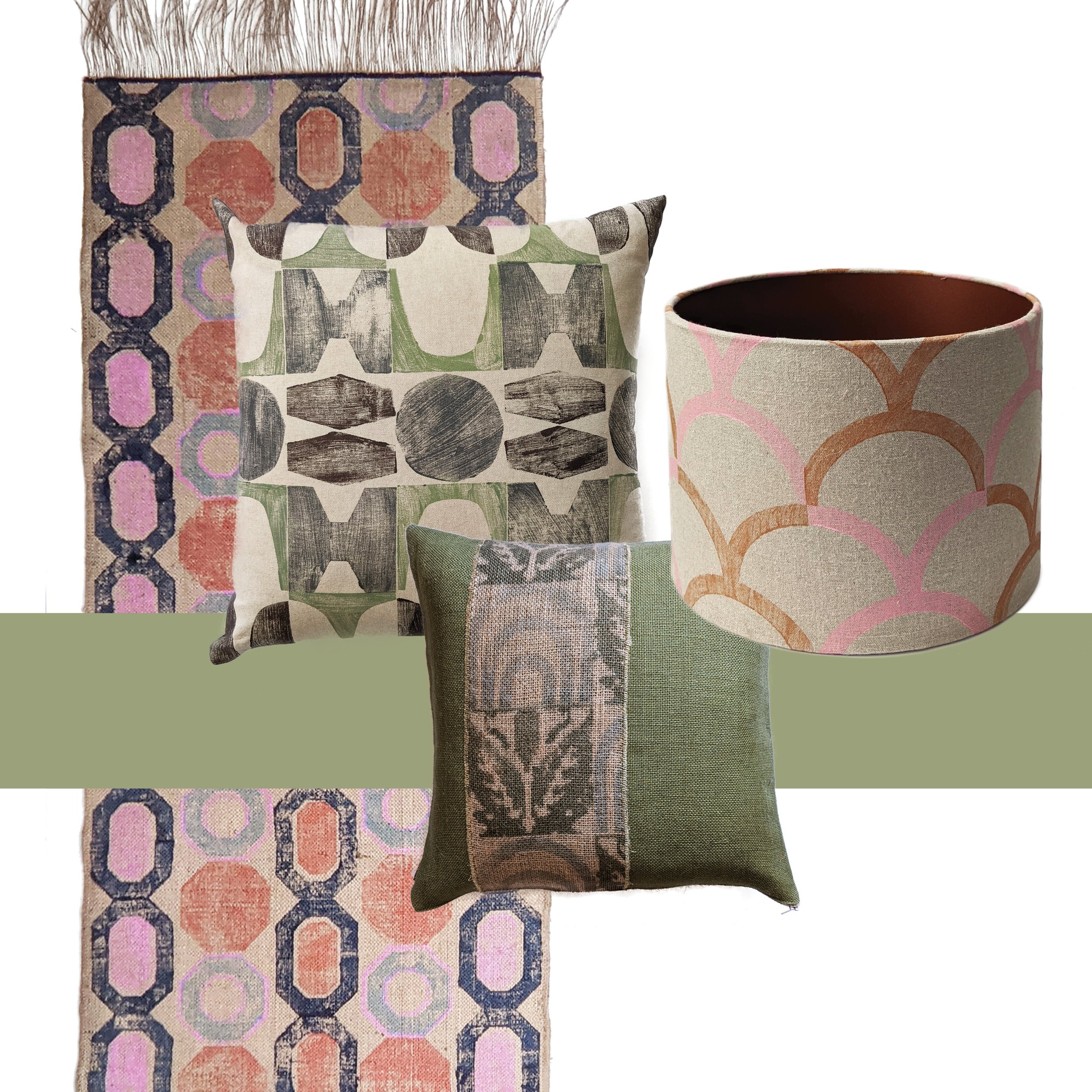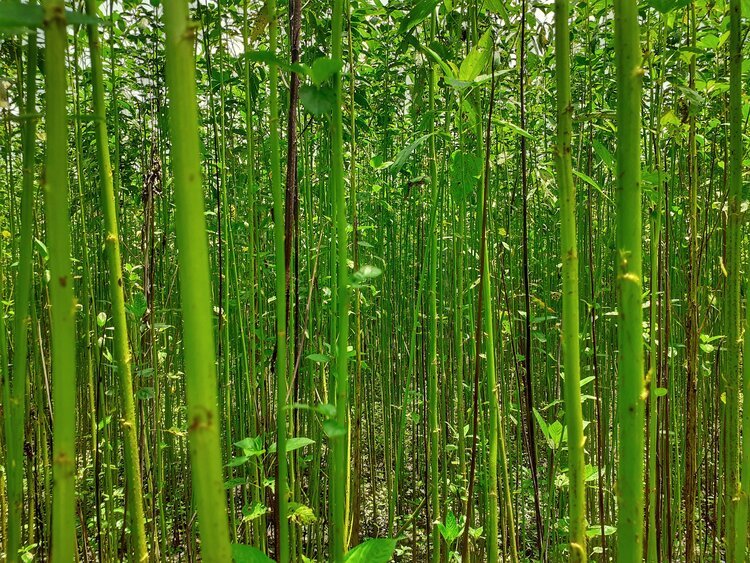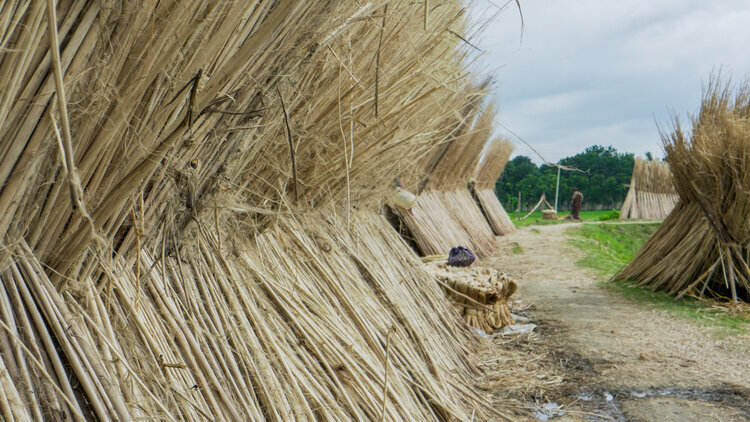it’s february again… and it seems to be a particularly grey one, but that just makes it perfect time to read about decorating trends, colours, patterns and all the fun stuff. and, as we do it now every year, we’ve collected the main trends to focus on so do join us on a trip into the hottest new interior trends.
1. bOLD colours and brave combos
at zitozza, we have been waiting for this moment for a looong time, but even for the minimalists, it’s probably a good time to say goodbye to the all-beige aesthetic and the grey everything. in the mid-2020s, we are in desperate need for mood-boosting colours and the stranger, and more eye-catching, the better. close the itten book, there are no rules, more is more - we’re getting ready to make some bold, wild prints on new interior fabrics and we cannot wait.
2. hand crafted statement pieces
we have discussed this before - sustainability is not a trend, but an imperative for all industries now, as it should be. for sure, sustainable design processes and practices can be interpreted in many interesting ways and many are slowly seeping into interior trends. one that’s here to stay is how the luxury statement pieces now mean the high-quality, handmade objects made by artisans. exquisite hand crafted details, small imperfections, material honesty - what’s not to love and do we have the rugs for you!
3. luxury gezelligheid
this one is an entirely biased inclusion in the list since zitozza are dutch lovers, but that thing that house beautiful calls “cosy, quiet luxury” and those “real and memorable spaces” dezeen refers to - the dutch have a word for it and if you ever went through a bit of a hygge phase, you need to learn to say gezellig.
it means so much more than cosy - it is a social and friendly kind of contentness. in the home, it may express itself in the shape of ambient lighting (think about our jute lampshades!), warm, tactile textures (think of layers of rugs on the floor!), and open, inviting, sociable spaces ready to be filled with warm conversations. naturally, this means high quality, long-lasting materials and finishes as time well spent is the real luxury now!
4. BROWN (FOR real!)
no, it is not the 1970s anymore, don’t worry. that kind of brown is not making a new comeback. this is a grown-up version, evolved from the earth tone trends we’ve seen in the last few years. at zitozza, we’re particular fans of the almost-black kind of espresso browns, and elle decor mentions chocolate hues, but if that’s not your thing, woods and finishes such as shou sugi ban may bring that tone in your home by more natural means.
5. stripes and checks
nothing we love more than patterns, of course and we’re so glad seeing them mentioned by vogue. horizontal or vertical, or have them clash and make a chequerboard - that’s right up our alley as our modular system of printing blocks can make up similar effects with that unique hand crafted appeal and we cannot wait to bring more of these prints to life - stay tuned!
6. mix and match
as we are all about tactile prints, we do always embrace a version of this kind of trend, but this year it really means a mix and match of all sorts of surfaces and patterns. textured walls are definitely a thing this year but it means a play with hard finishes - metals such silver and gold accents (and yes, stainless steel!) but also, of course, mixing coarse textiles (such as jute) with some soft linens too. exciting times!
if you’re ready to find something for your home, have a browse through our shop or request a sample to see what we’re able to do for your home!
below the articles we sourced these from are linked for further reading, and if you want to be the first to read about sustainable home decor and textiles, subscribe below (it comes with a freebie every month!)
-
links:
12 interior design trends we’ll see in 2024 (by amanda lauren, 4th january 2024, forbes)
maximalism to make way for “quiet refinement” in 2024 say interior designers (by casja carlson, 5th january 2024, dezeen)
5 interior design trends that will define 2024 (by sarah archer, 26 december 2023, architectural digest)
9 interior design trends to watch in 2024 (by david nash, 4th december 2023)
12 interior design trends you’ll see everywhere in 2024, according to experts (by medgina saint-elien, 9th december 2023, house beautiful)
the interior trends to know in 2024 - and what’s on its way out (by elise taylor, 4th january 2024, vogue)
the interior designs we’ll be seeing everywhere this year (by eleanor cording-booth, 27 october 2023, house and garden)







